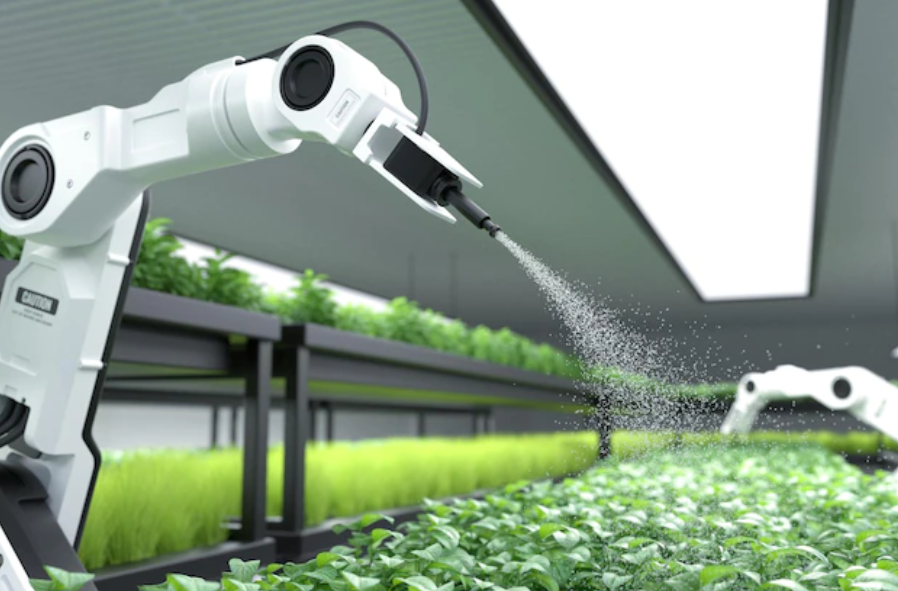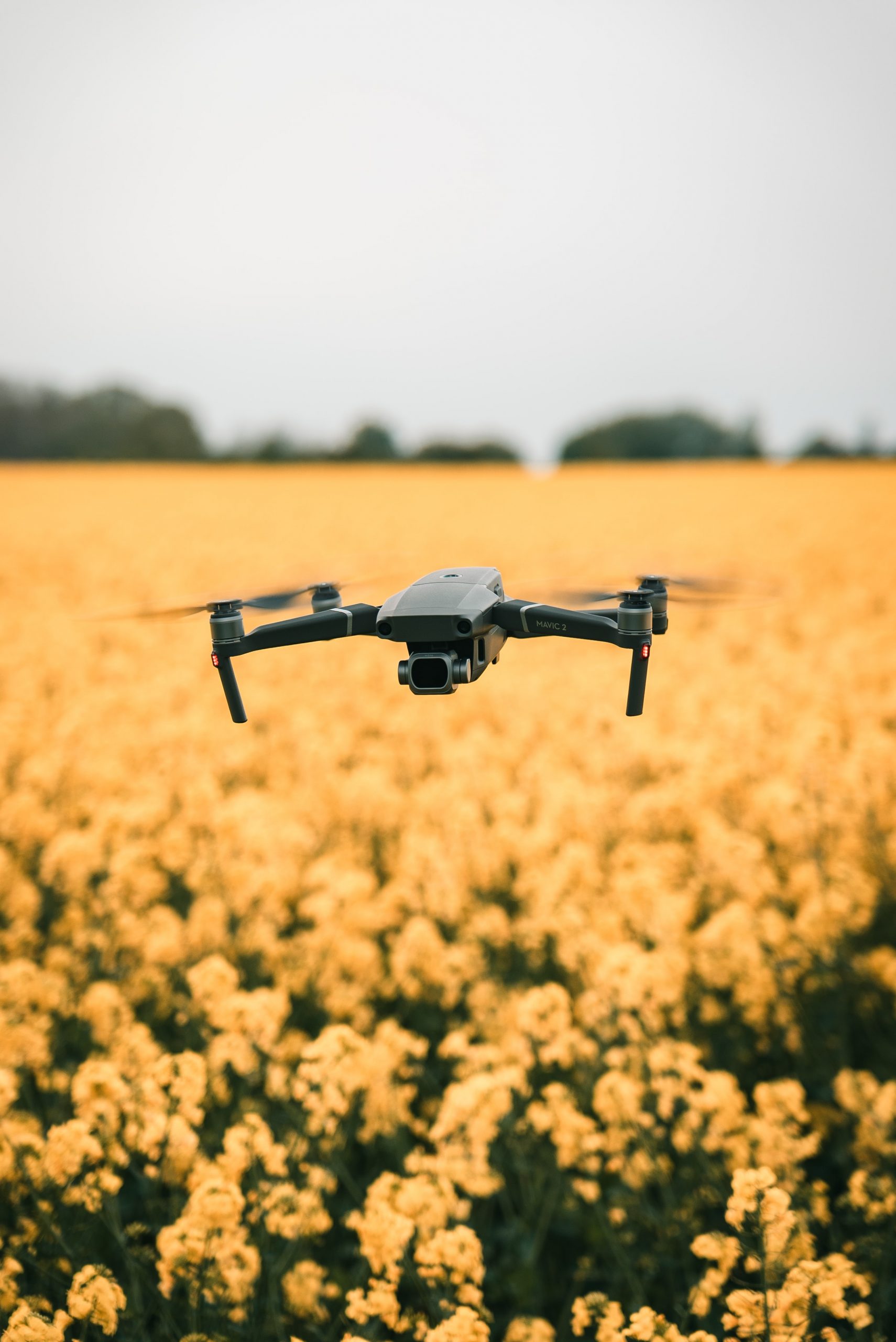For any sector to thrive, it must constantly innovate and adopt newer technologies to cater to the challenges in the sector. As robotics and AI are invading every sector of life, agriculture is also undergoing a high-tech revolution, adopting robotics to keep up with the fast-changing world. Today, the global population has touched 7.9 billion and food demand continues to rise sharply. This rising demand puts immense pressure on food producers to work more efficiently and feed the vast population. Shortage of labor also remains a key driver of farmers switching to these newer forms of technology. In 2020, as the pandemic hit the world, it exposed the challenges in our agricultural sector. With disrupted supply chains, restricted movement of workers, acute wastage of food due to lockdown, farmers quickly realized that automation of tasks through robotics can help overcome several of these challenges and create profits in the long run.
Robotics in agriculture can help automate dull, repetitive, and time-consuming tasks for farmers, allowing them to contain costs and improve yields. In this piece, we’ll take a look at the most innovative robotic technologies in the agriculture sector-

1. Crop harvesting and picking robots – Harvesting is a laborious and time-consuming task. Thus, harvesting and picking robots to become extremely helpful to farmers in achieving efficiency, especially amidst labor shortages. Nanotechnology combined with materials science helps to pick robots to analyze the ripeness of fruits and pluck them without causing any damage. Robots can also work for 16-hour shifts, almost twice the standard 8-hour human shifts, thus increasing the quantity and improving quality. In the near future, crops like broccoli, citrus fruits, cauliflower, kiwi, cucumbers could be harvested through the use of harvest robots and drones. Robotic operations not just help with quality control but also in the grading of fruits.
2. Weeding robots – Since forever, farmers have relied on the traditional hand-weeding or use of chemicals in removing weeds. But hand-weeding can be a costly and labor-intensive task, and chemical methods, while effective, have a major negative impact on the environment. These challenges presented an opportunity for robotics weeding systems to enter the market. In comparison to the traditional methods, weeding robots turn out inexpensive and reduce environmental concerns. In other countries, weeding robots have been successful on a variety of high-value crops like lettuce, strawberries, tomatoes, citrus fruits, garlic, pepper, and more. One concern with weeding robots expressed by many were the challenges in the identification of weeds but the same has been addressed through the use of weed images collected by drones. Through precision technologies, weeding robots can also direct herbicides selectively onto the weeds, avoiding the crops, thereby drastically reducing the number of chemicals used. Not only have weeding robots helped reduce the physical workload for farmers but they also adjust to various soil conditions. These factors have led to many farmers adopting robotics for weeding operations.
3. Drones – Drone technology has been consistently growing in the last few years, with more and more farmers adopting it. Drones can help farmers increase their yields with fewer resources by optimizing the use of inputs. UAVs or unarmed aerial vehicles help farmers take out any guesswork from the traditional agricultural practices, removing human errors or inefficiencies. Through photo cameras in drones, farmers can extract reliable information and become empowered to make smarter decisions. Factors like weather, soil conditions, temperature variations, pest threats can be better tracked to regulate crop health. Drones today are being successfully utilized in several developed nations for gathering data for soil analysis, crop spraying, monitoring crop health, irrigation, and livestock health assessment. The Union Budget 2022-23 also pushes for mechanization of Indian agriculture wherein the Finance Minister pushed for the use of ‘Kisan drones’. The Indian government is also offering grant funding to Indian farmers for drone purchases in an effort to boost the mechanization of agriculture.

4. Autonomous tractors – Today, farmers can remotely control their tractors or program them to be completely automated. Tractors are trained to automatically run on the field and perform tasks like plowing, irrigating, etc. Farnes can even track the exact location of these tractors through the use of their smartphones. Not only does this help reduce labor costs, but also helps increase efficiency and yield at the farm.
Currently, there are many challenges in the adoption of robotics in agriculture that need to be overcome like the huge costs of purchasing this technology or technical issues with equipment. But the government and agritech startups are working hand in hand to help farmers become empowered through farm automation. While we are at the early stages of robotics presently, the next few years will see robotics transform the agriculture sector.
